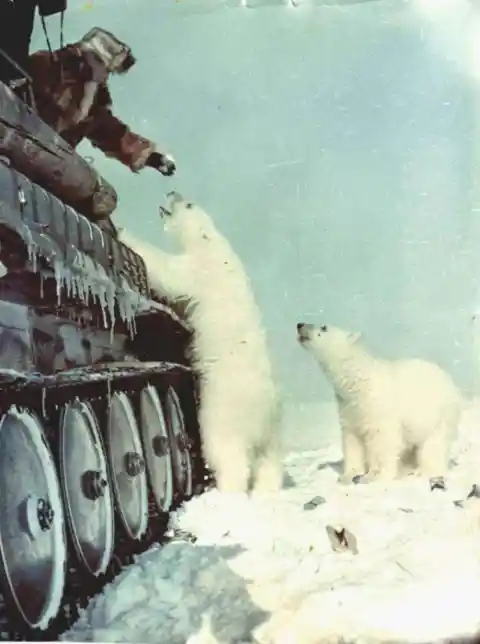We have all seen some of the most iconic historical photographs like that 1941 portrait of Winston Churchill. But beyond these famous images, there is a whole collection of photos that never made it to history textbooks because they could change our perspective of the events we think we know a lot about. Read on to discover history’s lesser known facts- from the place that provided shelter to people in London during the Blitz to the past time of teenagers in the 50s. Each photo has a unique story to tell from a point of view you never imagined would even exist!
Beauty Is Skin Deep, 1956
Back in 50’s and 60’s various beauty contests were held and out of many, one was Chiropractic. In the month of May 1956 in Chicago it was held to burnish the reputation of the profession Three posture queens were crowned and they were selected not only by their apparent beauty, and their X-rays, but also by their standing posture. Each girl stood on a pair of scales, one foot to each, and the winning trio each registered exactly half her weight on each scale, confirming the correct standing posture.
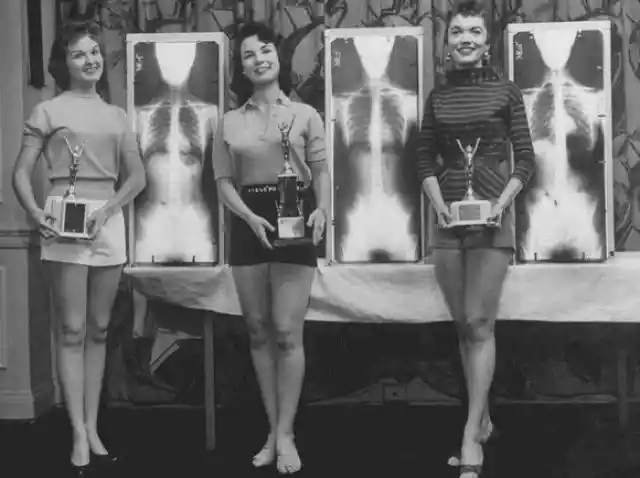
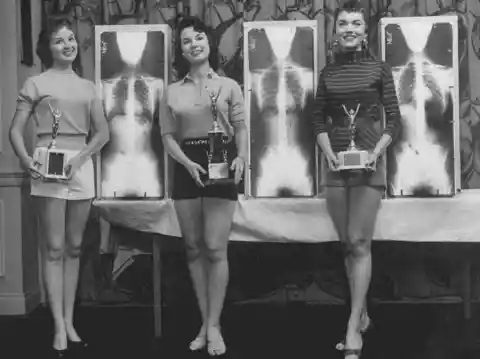
Queen Of Egypt, 1963
This iconic capture observes an appealing gathering of additional items relaxing in 1963 on the arrangement of Cleopatra. The sentimental show is a retelling of how Cleopatra controlled Julius Caesar and Marc Antony to spare the Holy Roman Empire. The film had a tremendous spending plan and was the most costly film to have at any point been made in film history. On such a glamorous and amazing set, it's unfathomable that the additional items wouldn't pause for a minute to loosen up and take in the landscape.

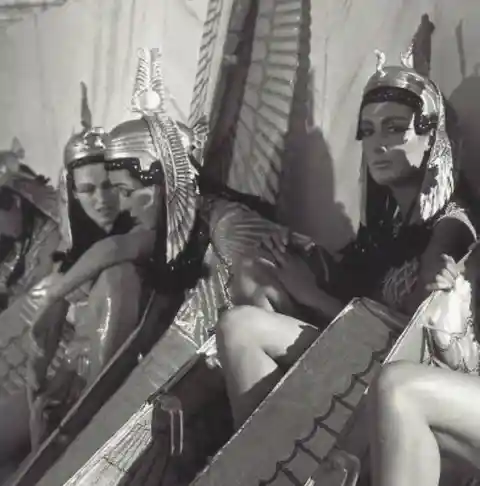
Franciszka Manheimer-Rosenberg, 1943
A polish Jewish ballerina girl, by the name as Franciscka Mann was taken to Auschwitz in 1943.She knew that she was going to die, but she was determined to go down with a fight. She was ordered to strip before entering in a gas chamber. She did it so seductively that her act enticed the guards. The moment she noticed them getting engaged in her, she seized the roll call officer’s gun quickly and shot him dead. She then wounded another guard. Inspired by her actions other prisoners joined the revolt.Unfortunately, this move was unsuccessful and all the participated prisoners were sent to gas chamber.
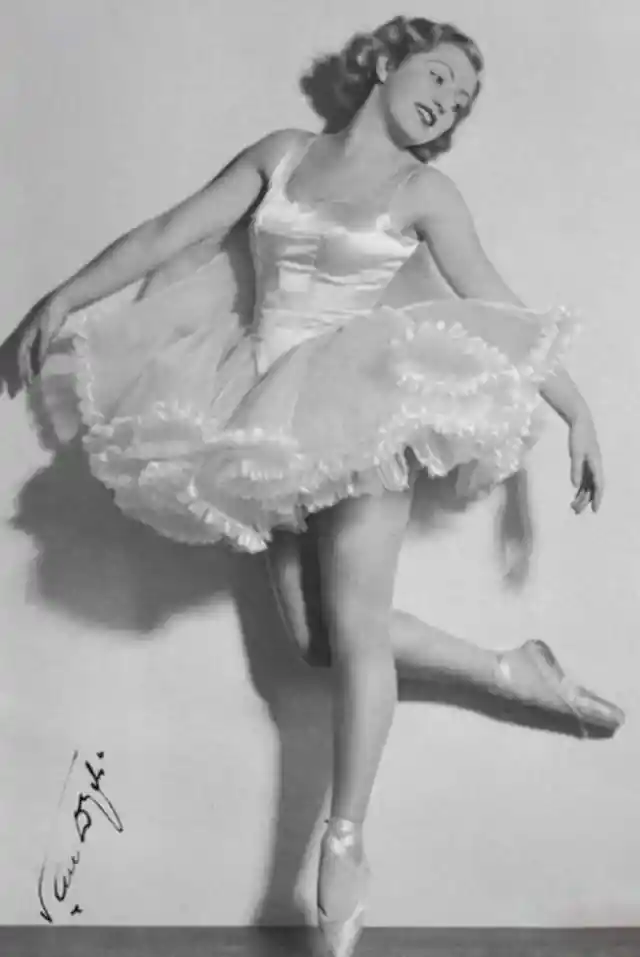
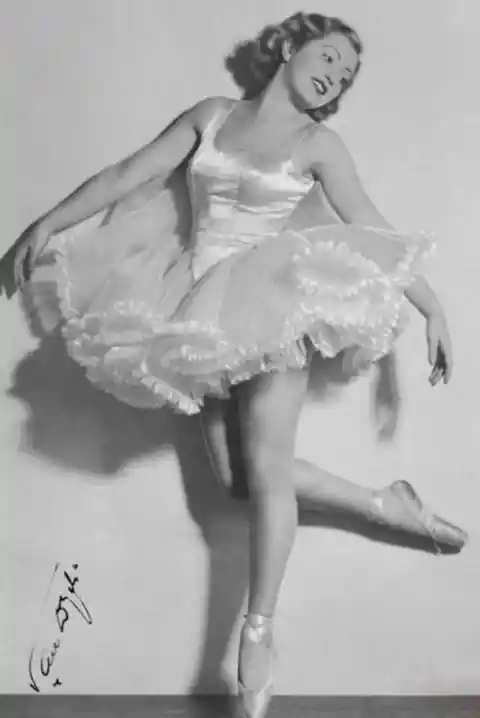
First African American Policewoman, 1970
The current Senior Judge of the United States District Court for the Northern District of California as well as the first black women on the Oakland police, Saundra Brown has made epic strides in her career both as a policewoman as well as an attorney with a couple of achievements. Talking about this photograph, In the 70’s this was considered the proper way to shoot a shotgun at close range and she was the first black woman to be officially trained to shoot a gun. This capture was an iconic moment in African-American history and in her life too.
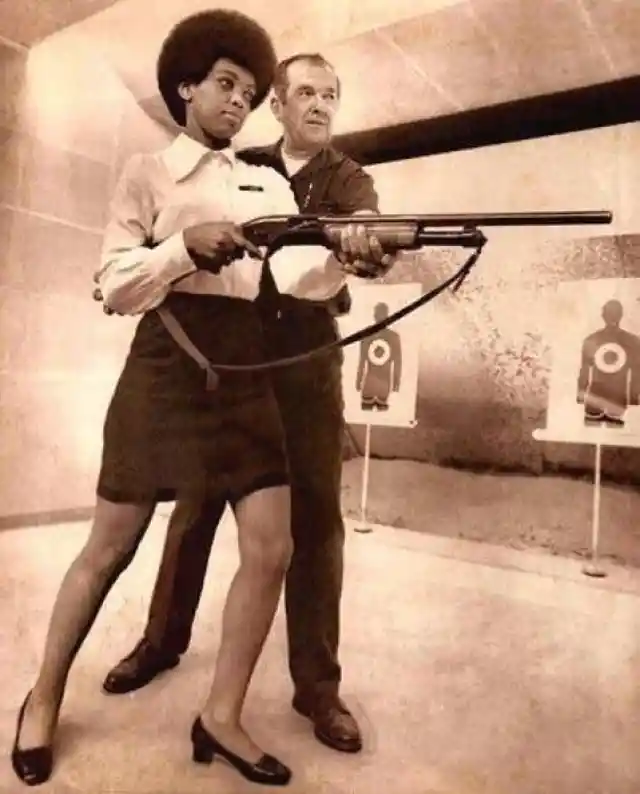
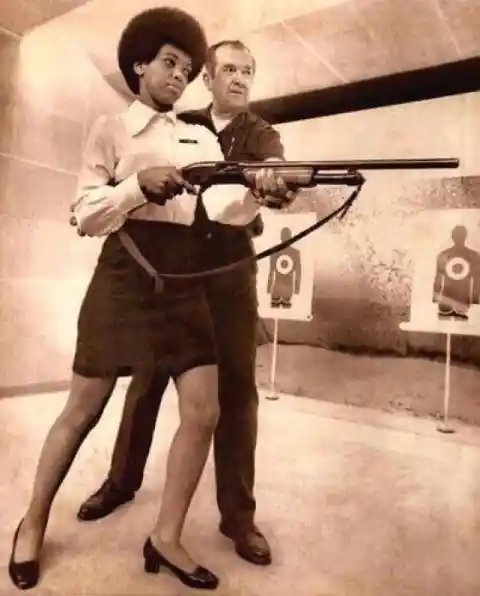
Marilyn Monroe And The Potato Sack, 1951
There are many incredible images of Marilyn Monroe that will blow your mind. Yet there’s one iconic capture in fitted potato sack dress which has intriguing story behind. In 1951, Monroe received criticism from a columnist on her red revealing dress that she wore to a party claiming that she looked “cheap and vulgar” and saying that she would have looked better wearing a potato sack. Monroe, with a little sense of humor, decided to take the columnist at her word and proved in this photo that she looked stunning even in potato sack.
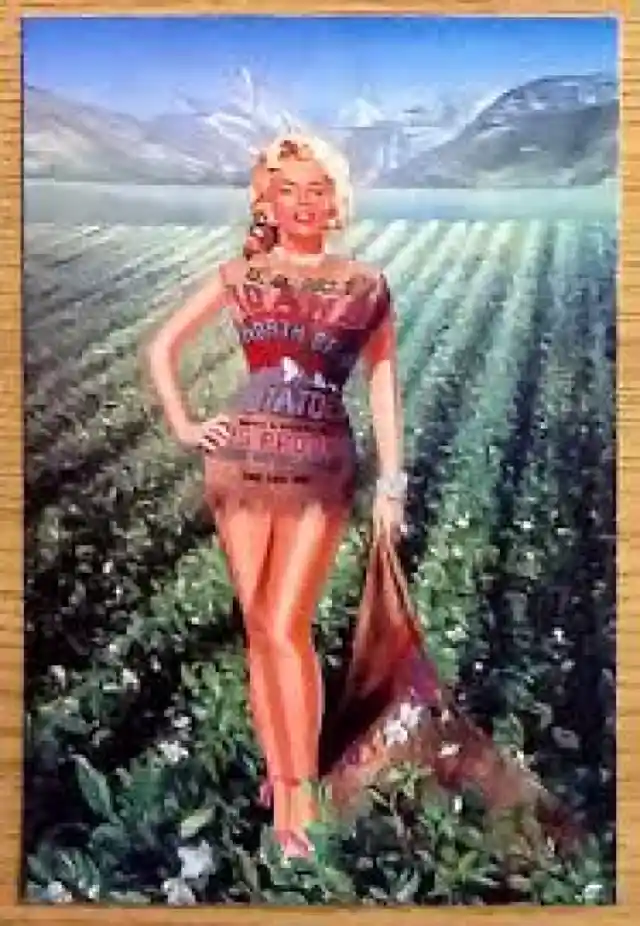
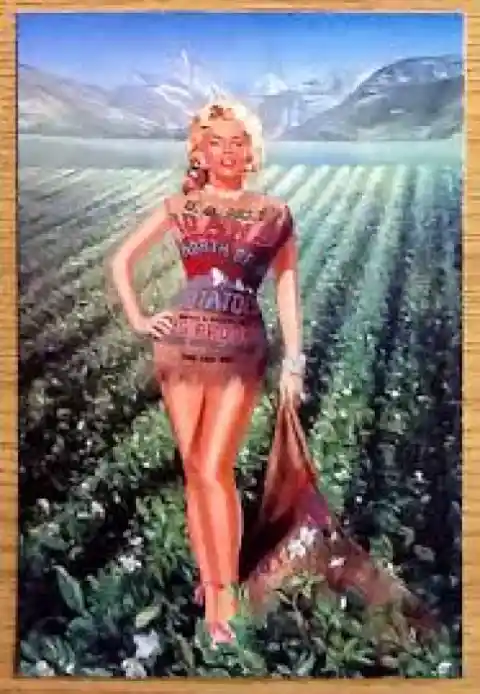
Berlin Zoo Animals, 1945
Have you ever wondered how it feels to have a zoo animal around? Well, There were harsh occasions for everybody during World War II, including creatures, a large number of which had been shipped to Europe preceding the war. In this photograph, a strange looking bird known as Shoebill, temporary housed in Berlin Zoe keeper’s home, as the Red Army stormed into the German Capital in 1945.
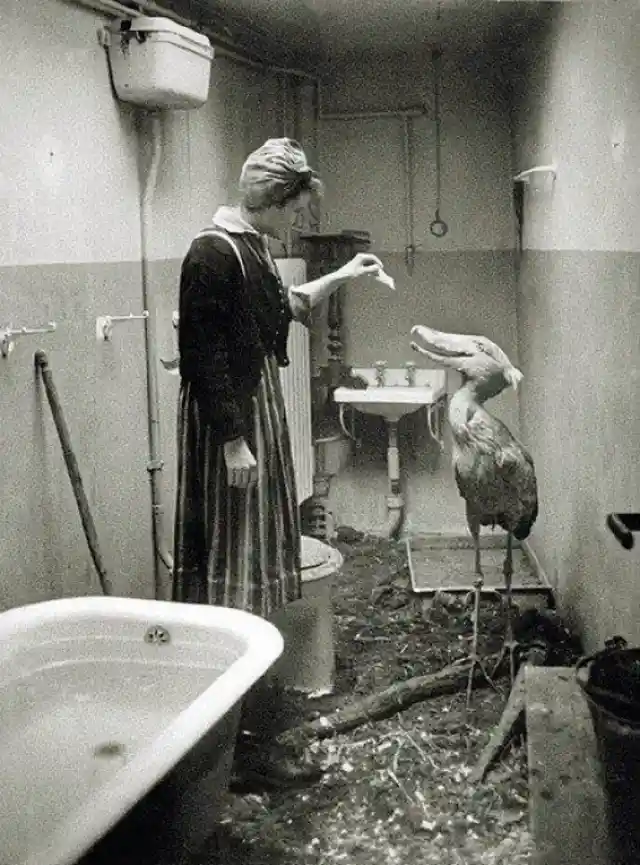
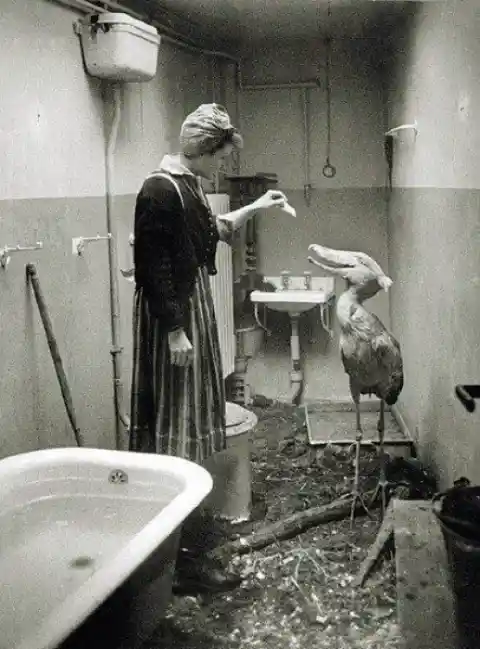
The Goodbye Kiss, 1950
War is a special kind of hell to tear a father from his 6-month old child or a husband from his loving wife and throw him into a meat grinder. In 1950, the war began when North Korea conquered South Korea and lasted for long three years. This romantic moment was captured in September,1950 where Private Robert Maya is leaning down from a window with the help of his friends and soldiers Harvey Wilson (left) and Frank Harvey(right),for a goodbye kiss to his wife Gloria, before leaving for the Korean War in 1950.
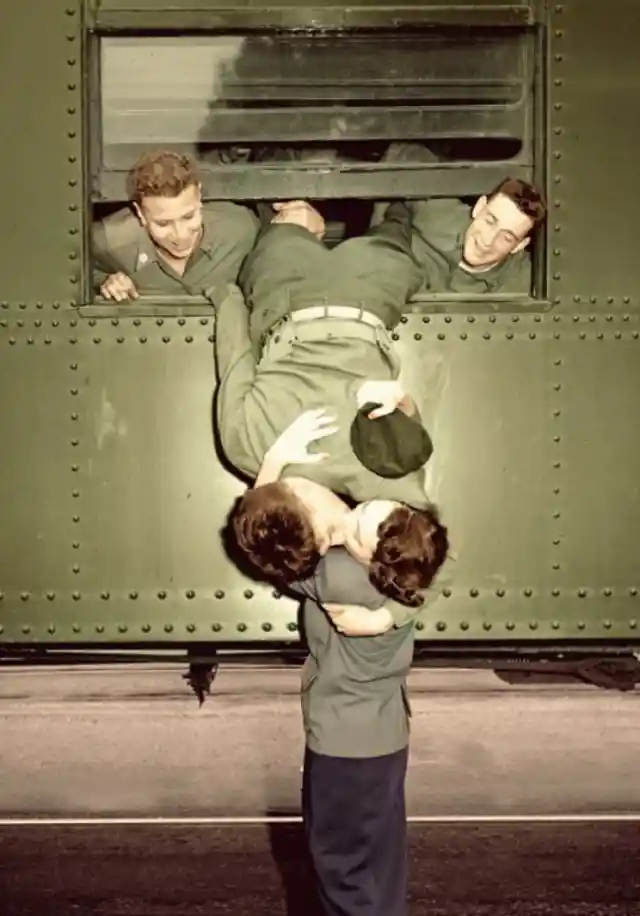
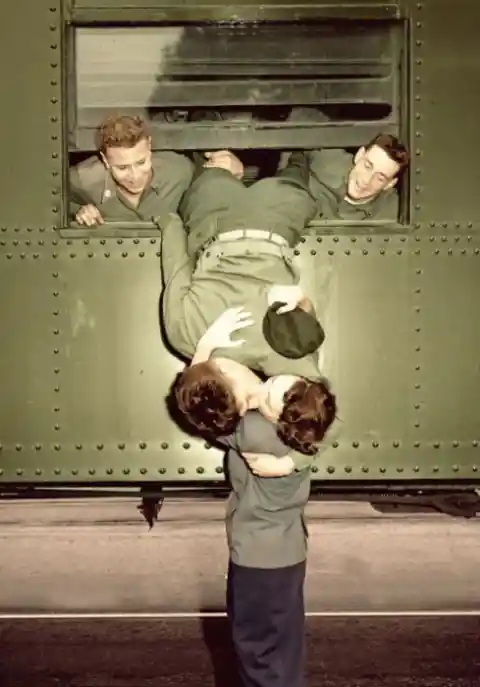
Lumber Truck Bootlegging, 1926
Back in 1920s US government prevented people from drinking but their efforts to ban this failed. During 1926, they took extreme measures and the amount of menthol was increased in alcohol. Due to this act whisky peddlers had their work cut out for them, as this increased the demand for their alcohol, and also made it a popular trade. Thus, it led to smuggling of alcohol. In this picture, police are checking out a lumber truck that had been used to smuggle alcohol through a creative, makeshift window that looked like a stack of wood.
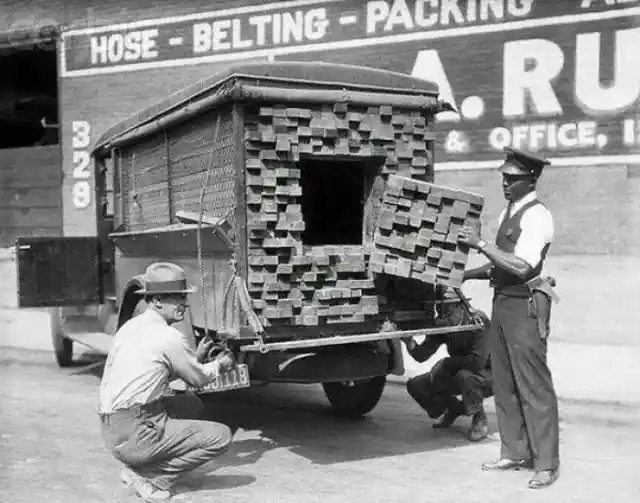

Spanish Surrealist Painter, 1941
It is a saying “To create one’s world in any of the arts takes courage “in 1941,Salvador Dali was a 20th century surrealist and skilled artist draftsman, best known for the striking and bizarre images in his work.His most famous paintings include the melting clocks in “The Persistence of Memory” and “The Elephants.” In this iconic capture he is painting “The Face of War “. His painting were so unique and had unparalleled artistic approach that many wondered if Dali was a psychedelic or hallucinogenic drug user. However, in response he stated, “I don’t do drugs, I am drugs.” His paintings have spread all over the world and can be seen in museums such as the Museum of Modern Art in New York.
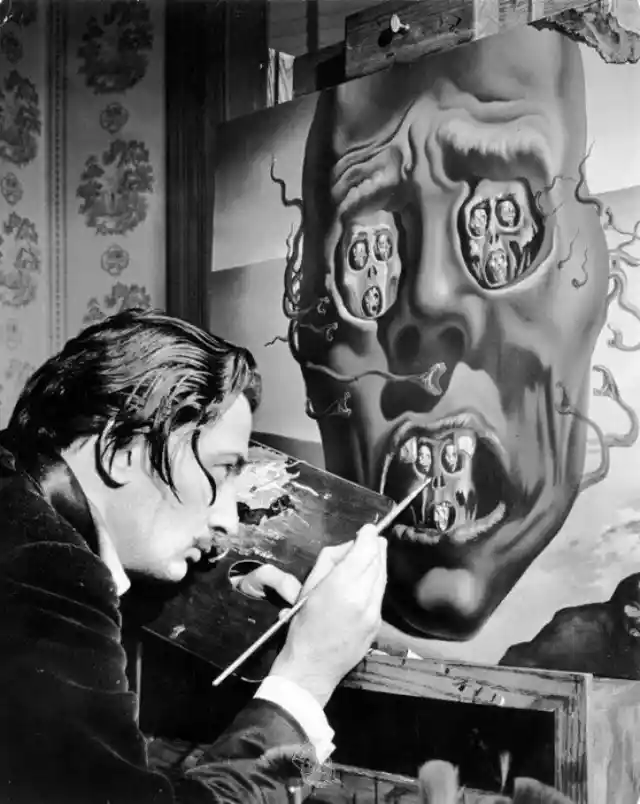
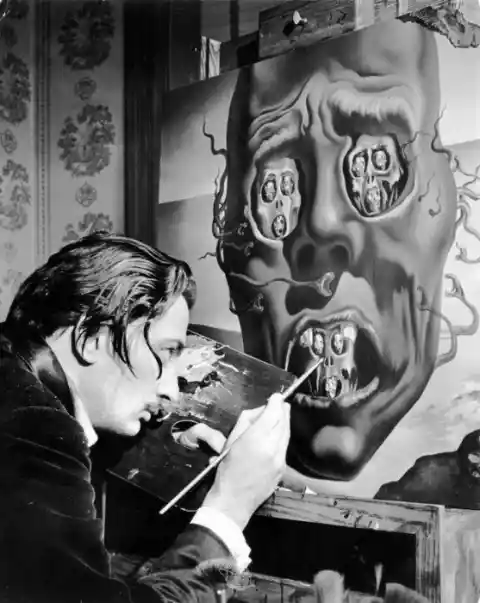
End Of Candy Rationing, 1953
Children all over Britain have been emptying out their piggy-banks and heading straight for the nearest sweet-shop as the first uncaptioned sweets went on sale. This remarkable photograph was taken in 1953,where people are crowding into a candy store. At the start of World War II,sugar was rationed like other foods such as eggs,milk and sugar. Candy store sales escalated by £100 million ($278.5 million) the year that the sweets ration ended.

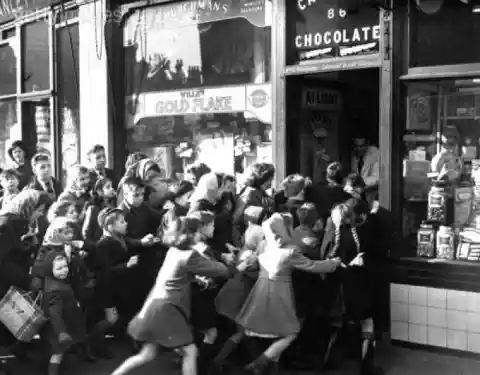
Spaceship Style Bubble, 1950
This photograph was taken from a magazine in 1950s where an idea of a luxury lawn mower was shared. It was a very different idea as it is designed to include air conditioning! It is designed in such a way that a person never has to break a sweat as they sit inside air-conditioned spaceship styled bubble. Well, if you think you cannot have a whole in a pocket then you can buy this enormous thing but we doubt as owing a big shed will be a problem.


Catwalk Yourself, 1950
During the 1950s the world needed to manage the post war pulverization and reconstructing of engineering from the German bombarding. With remaking networks, lighter, more joyful amusement was created. The Fifties additionally observed changes in family life – ladies turned around into servants and the charming Fifties housewife was conceived. This photograph was taken at a fashion show in Germany in the 1950s when Coco Chanel re-established her style to be basic as well as rich and presented the little dark dress, whereas Christian Dior was particularly compelling during this time.
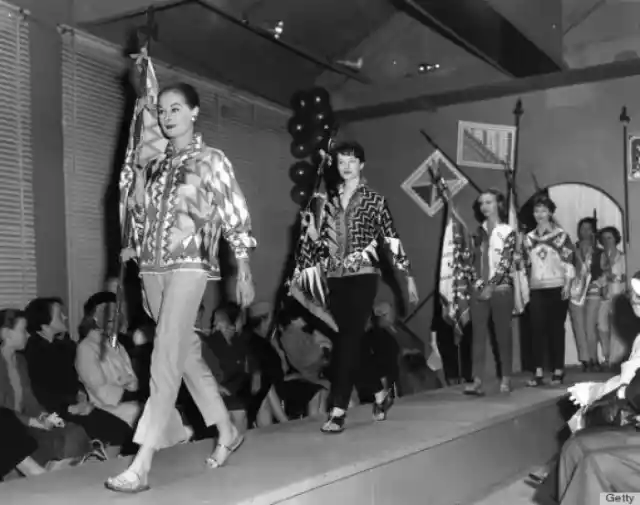
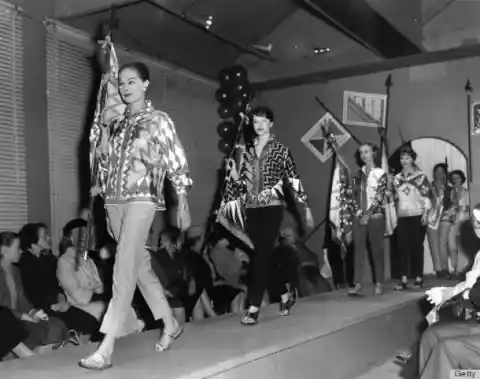
His First Television, 1948
This photo catches the moment when a charming kid sat in front of the TV, in 1948. He wasn’t more than nine or ten years of age when he discovered customer facing façade of an apparatus store. His flabbergasted look was an after-effect of seeing the high contrast TV that was shown in the window and the way that he had never observed one in his life. It most likely took his breath away to see an enchanted box with moving pictures.
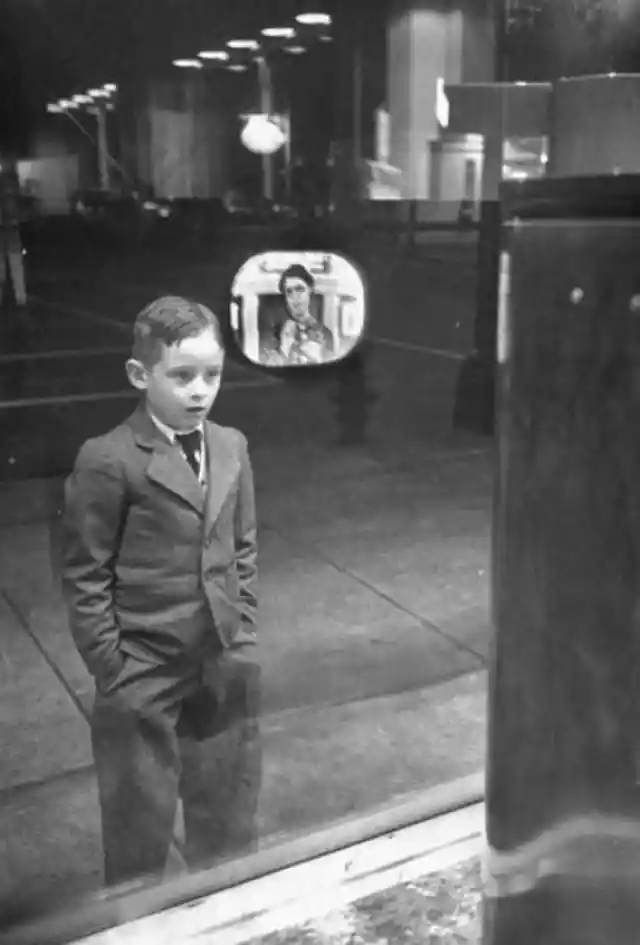

Freddie Mercury And His Cat, 1988
This photo seems to be one of Freddie Mercury's initial selfies with his feline Tiffany. He snapped the picture in 1988 and it is a nearby of the Queen front man and his textured cat companion. In spite of the fact that Mercury is a known feline darling, Tiffany comes up short on his eagerness in the picture. Perhaps she's not an enthusiast of Queen? Wearing his amazing surf shirt and executioner seethe, he's looking great while Tiffany appears as though she couldn't imagine anything better than to be nestled into a comfortable snooze anyplace else.


Tickled Pink, 19th Century
‘Things end but captured moments remain forever’, a wonderful saying applicable on this superb arrangement of photographs recounts to a natural story. How frequently have you gone in a photograph corner with your companions on a night out and wound up giggling insanely on account of the photos? This couple from the Victorian time had their pictures done expertly, not in a photograph corner. Despite the fact that they were presented wearing their Sunday best, they really wanted to be tickled. Pictures three and four showcase their bombed endeavours of doing whatever it takes not to snicker.
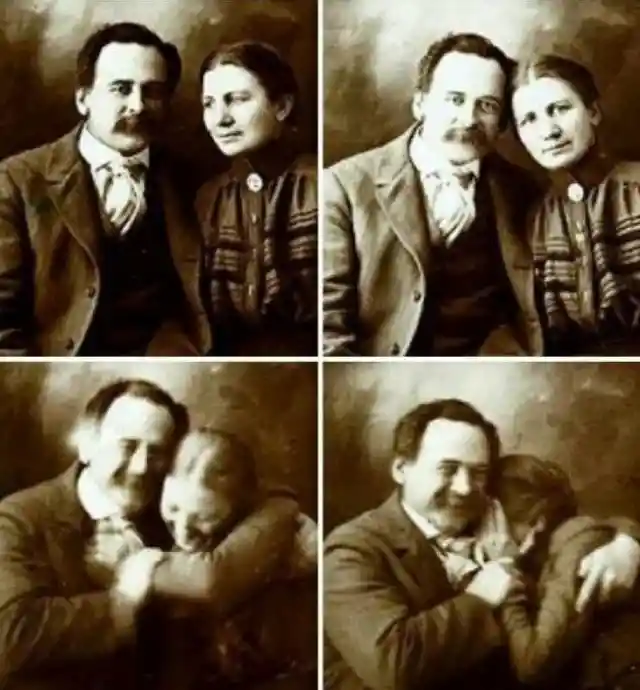

Susan Kare, 1984
Susan Kare; born February 5, 1954, is an artist and graphic designer best known for her interface elements and typeface contributions to the first Apple Macintosh in the 1980s. She was also Creative Director (and one of the original employees) at NeXT, the company formed by Steve Jobs after he left Apple in 1985. This photo shows, Susan Kare, unwinding in vintage pants in her office. Kare is also known as the "lady who gave the Macintosh a grin," as indicated by The New Yorker.
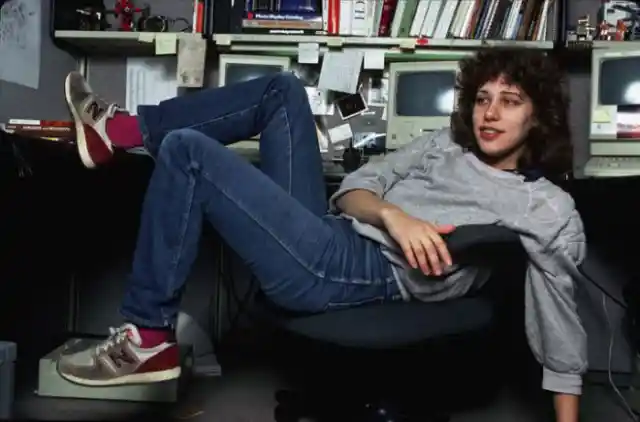
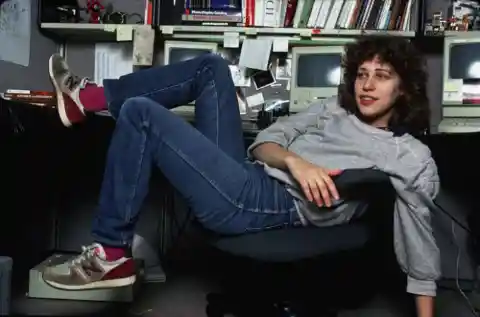
President Theodore Roosevelt, 1903
The presidency of Theodore Roosevelt began on September 14, 1901 and ended on March4, 1909. Roosevelt had been the Vice President of the United States for only 194 days when he succeeded to the presidency. President Theodore Roosevelt and naturalist, John Muir, had a meeting in 1903 at Yosemite National Park, memorialized in this photo. They aren't noticeable in the image, yet several guests followed the pair, edgy for a brief look at their leader. The gathering successfully impacted the administration's territory and assets strategy. The expression "preservation" embraced its present significance because of this gathering. This popular verifiable get-together is the subject of the 2016 narrative National Parks Adventure.
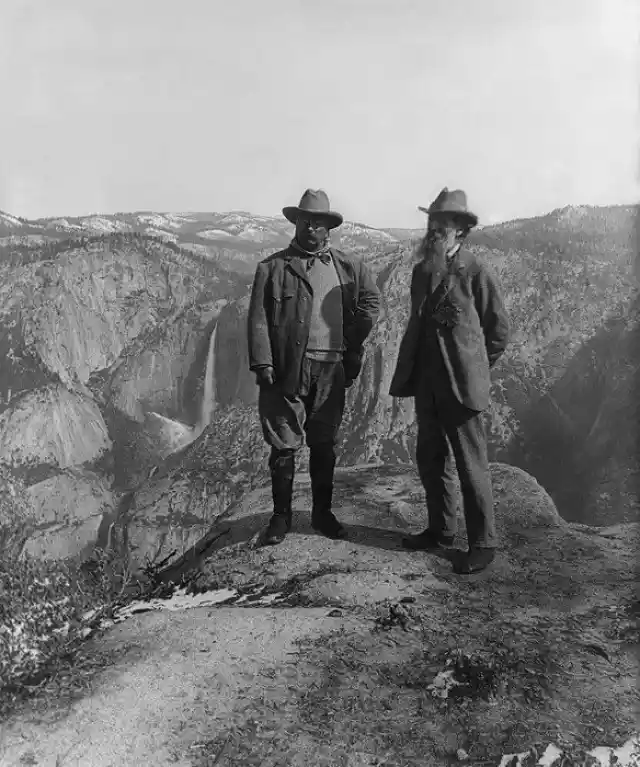

Three Archers, Japan, 1960
In this colorized photograph from the 1860s, the men are the practitioners of Kyudo, Japanese Zen archery. Their outfits and the way they hold their second arrows (Ya) between their fourth and fifth fingers give this away. They generally would take shots at an objective around 30 yards away. The bolts, called Ya, were made with a quill from each wing of a solitary fledgling. The men are wearing the traditional Kyudo outfit consisting of a Kimono (upper body) and Hakama (lower body). A small ritual is performed prior to practice in which one sleeve of the Kimono is taken off to minimize shot interference. Additionally, some schools of Kyudo use the knot of the Hakama to balance the second Ya while the first one is shot. It looks like these Ya are very short, which explains why they are holding them in their fingers.
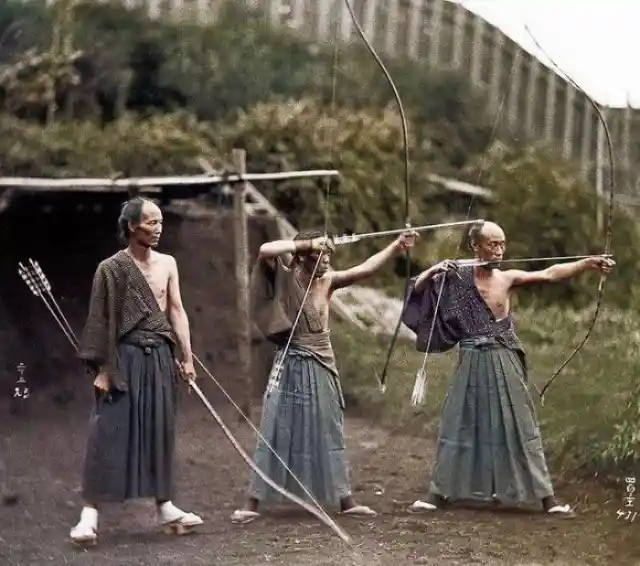
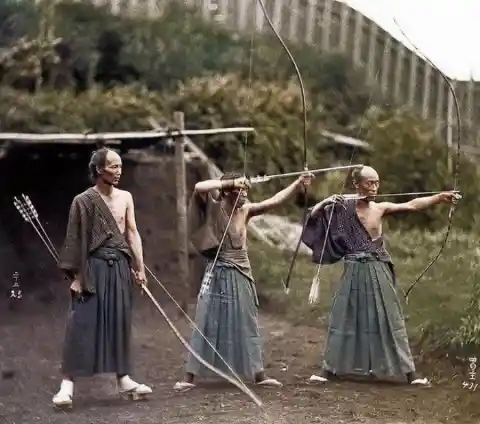
Inquisitive Italian Woman, 1944
In this picture, Italian lady reviews the kilt of a Scottish officer remaining close to the Coliseum after the freedom of Rome in 1944. During the freedom, shops were shut and tremendous groups rioted to celebrate and toss blossoms at passing vehicles. They were euphoric after Hitler had requested every single military power to leave Rome. Numerous photographs were taken of the merriments yet this is just a single where an Italian lady inquisitively looking at the primary kilt.
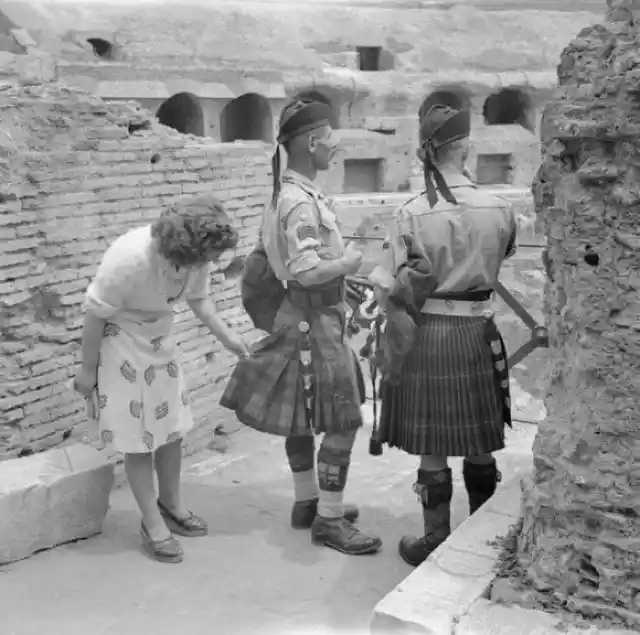

Louis And Lucille Armstrong, 1961
This stunning image of Louis Armstrong and his better half, Lucille, was taken in 1961. Armstrong is standing with his wife in front of the mammoth Sphinx giving a private jazz show in one of the world's most astounding spots. Louis Daniel Armstrong was an American trumpeter, composer, vocalist, and actor who was among the most influential figures in jazz. His career spanned five decades, from the 1920s to the 1960s Isn’t it amazing when your loved one performs for you.
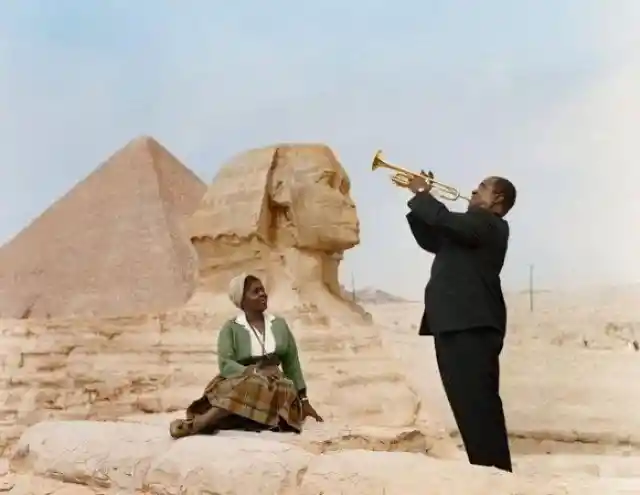
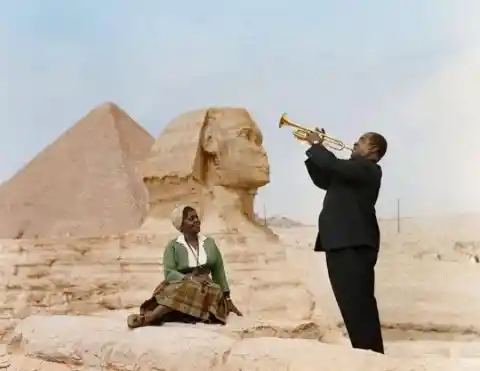
Shelter During The Blitz, 1940
This photo depicts the crowded conditions of the London subway. At Bethnal Green Station in October 1940, 173 people were trampled as they crowded into the safety of the station. During the German bombing against Britain in 1940 and 1941, thousands of citizens fled to the subway in London to seek shelter. They slept on the escalators and platforms and would go so far as to hang hammocks across the rails. People had the ability to reserve space underground with a ticket system. There were food vendors and bathrooms for those people seeking refuge.
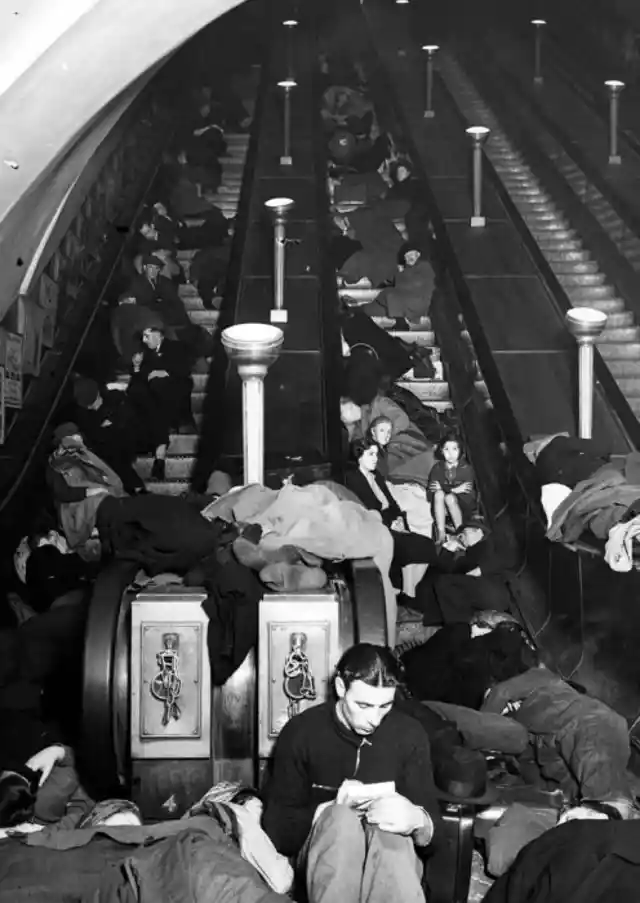

Lincoln University TV broadcast, 1946
Lincoln University was featured on a national television broadcast on May 29 as Albert Einstein gave a lecture about his hypothesis of relativity to black students at Lincoln University in Pennsylvania which is hereby seen in this photograph. He ventured out to the college in 1946 to educate at the main school in America to allow professional educations to dark understudies during the integration. In his ground-breaking speech, Einstein expressed that racism is “an ailment of white people.” Additionally he stated: “I do not intend to be quiet about it.” Living in Europe during 1940s and a member of the Jewish community, Einstein saw firsthand the detestations of prejudice.
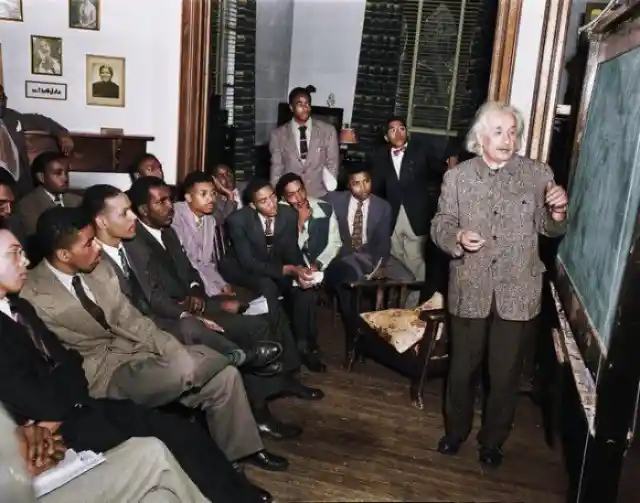
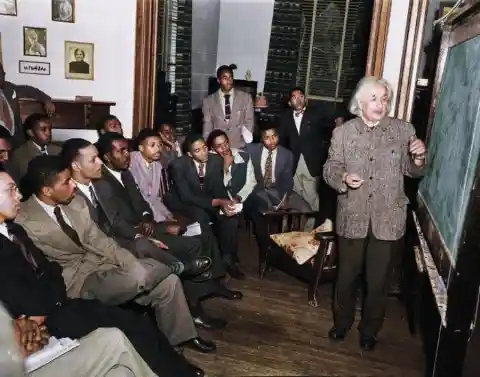
The Magnificent Horse, 1930.
Brooklyn "Brookie" Supreme (April 12, 1928 – September 6, 1948) was a red roan Belgian Stallion noted for his extreme size as this photograph delineates. He measured in at about six and half feet and an impressive 3,197 pounds. His horseshoes required 30 in (76 cm) of iron. For much of his fame, Brooklyn Supreme was owned by Charles Grant Good of Ogden lowa; Ralph M. Fogleman of Callender lowa partnered with Good and exhibited the horse around the US, charging spectators 10 cents to view the animal.
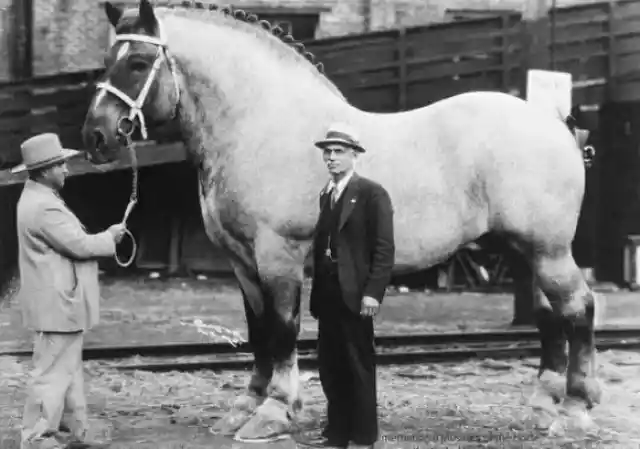
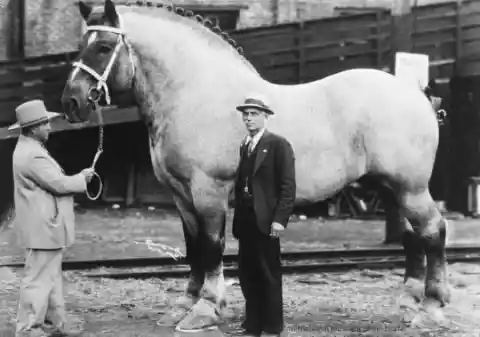
The Historic Storm, 1966
The Blizzard of 1966 was a historic storm swept across most of the United States and Canada east of the Rocky Mountains on January 29, 1966, and brought record low temperatures, high winds and heavy snowfall in its wake. Within days, at least 142 people had been killed — 31 had frozen to death, 46 died in fires that started while people were trying to heat their home. Others died from heart attacks while shoveling snow or pushing cars, or traffic accidents. This photo depicts the height, where the snow reached that it extended to the power line.
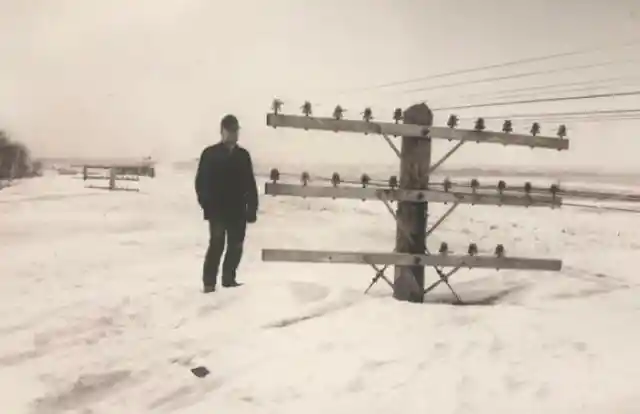
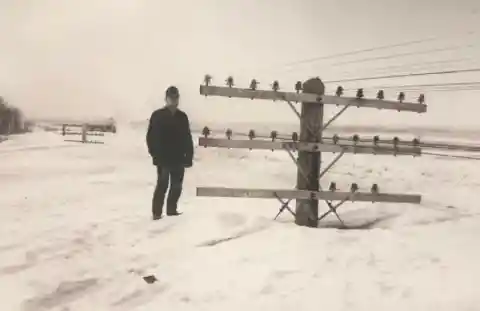
Anthony Bourdain, 1986
Anthony Michael Bourdain June 25, 1956 – June 8, 2018) was an American celebrity chef, author and travel documentarian who starred in programs focusing on the exploration of international culture, cuisine, and the human condition. A fascinating image of Anthony Bourdain setting up a normal feast of fish in his New York condo, in 1986, years before he got popular. He is viewed as one of the most powerful culinary specialists within recent memory. A long time after this photograph was taken, he composed a top rated true to life book Kitchen Confidential: Adventures in the Culinary Underbelly (2000) and turned out to be notable for it. Later he made nourishment and travel appears and facilitated Anthony Bourdain: No Reservations and The Layover.
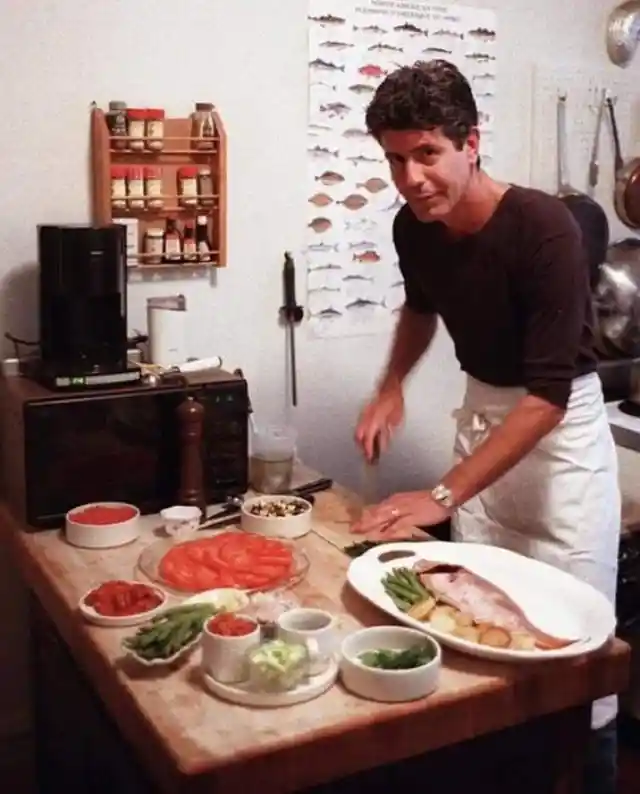

Resignation Speech 1974
Richard Nixon's resignation speech was an address made on August 8, 1974, by President of the United States Richard Nixon to the American public. It was delivered in the Oval Office of the White House. The purpose of the speech was for Nixon to announce that he was resigning from office due to the Watergate scandal. In this photograph, Bob Woodward and Carl Bernstein sit triumphantly side by side as President Richard Nixon resigns on August 9th, 1974. Woodward and Bernstein, the reporters who brought his scandal to light, got to witness their fearless journalism turn into the president’s resignation. For two years, America had been in a state of constant shock because of the Watergate Scandal. But rather than admit to his crimes and accept punishment, Nixon terminated his presidency in the middle of his second term.
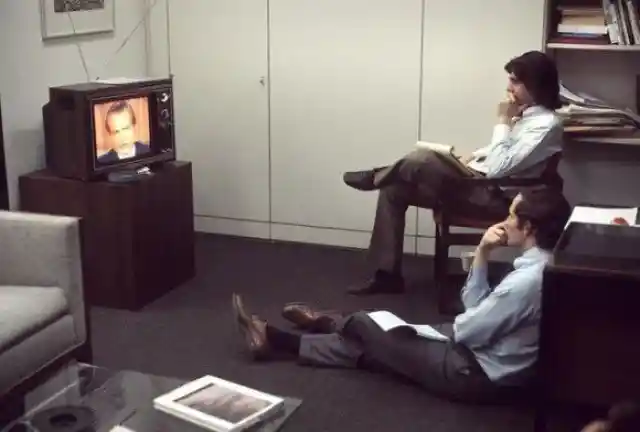
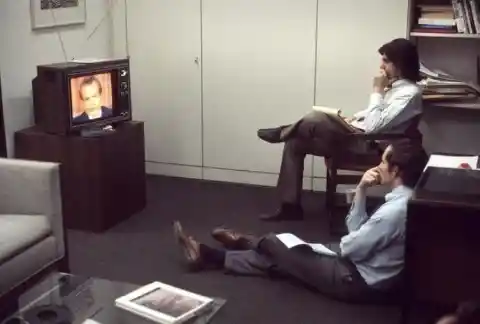
A Tribute To The Working Animals, 1918
In 1918, American Soldiers respected a large number of horses, mules and donkeys that were slaughtered during World War I. This moving photograph is proof of the dedicated administration. Notwithstanding a large number of troops taken in the line of obligation, more than 8 million working creatures were mercilessly butchered in the commotion. This momentous photo shows the troopers consolidated to shape a horse's head to honor the astounding creatures that gave their lives for the United States
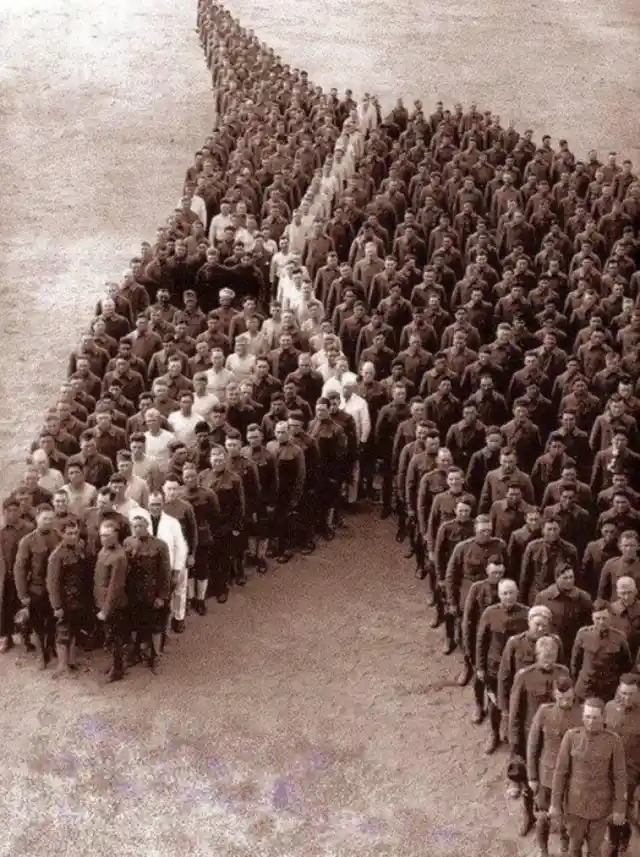
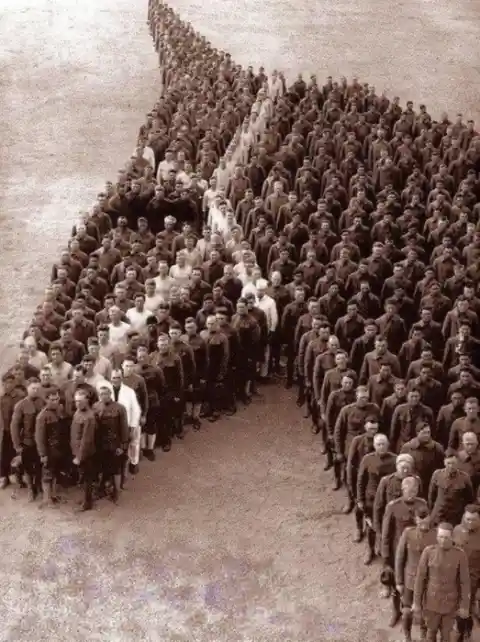
Iranian Birthday, 1973
This regular image of a lady cutting her birthday cake in Tehran, Iran in 1973, shows exactly the amount Iran has changed since the 1970s. The garments she's wearing while at the same time cutting the cake would result today in discipline, as her shorts would be viewed as illicit and wearing the hijab is necessary. Without a doubt, she would have certainly put in the slammer for setting out to snap a picture like this one, if she would have been alive today. Things have changed considerably in Iranian culture.
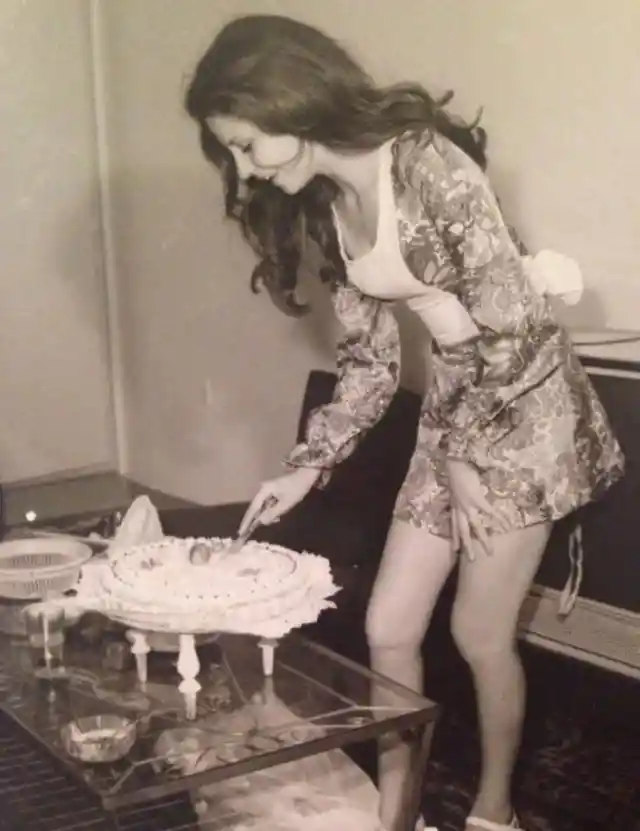

Hard Drive, 1956
The inner parts of this immense box contain 5 megabytes of IBM stockpiling. As the photo shows, in any event four men were battling with the hard drive to get it onto the truck. The principal hard drives were a lot heavier and bigger than our present telephones and PCs that are so minor and lightweight that we can get them with only one hand. The IBM Model could just hold around six pictures on its 5 megabytes. The organization had to rent the capacity for around $3,000 every month, around $30,000 today when we represent inflation.

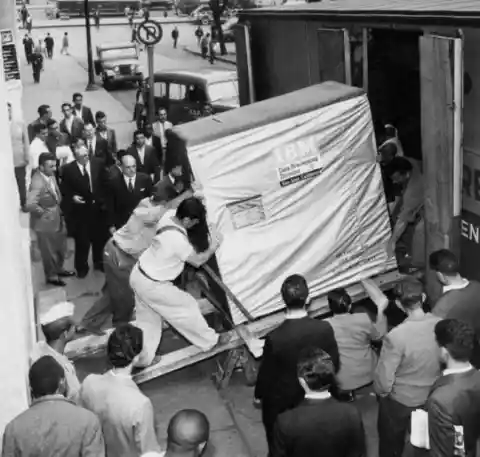
The Statue Of Antinous, 1894
The Statue of Antinous at Delphi is an ancient statue that was found in there during excavation. Antinous was a young Greek of extraordinary beauty from Bithynia, who became the beloved companion or lover of the Roman emperor Hadrian but later died in Nile under mysterious circumstances. Interestingly enough, the statue was found standing still on its platform by the sacred sanctuary. Found in nearly conventional conditions, it is known to be one of the most wonderful and great strict statues. It is likely that it was made after Antinous' demise in 130 A.D.
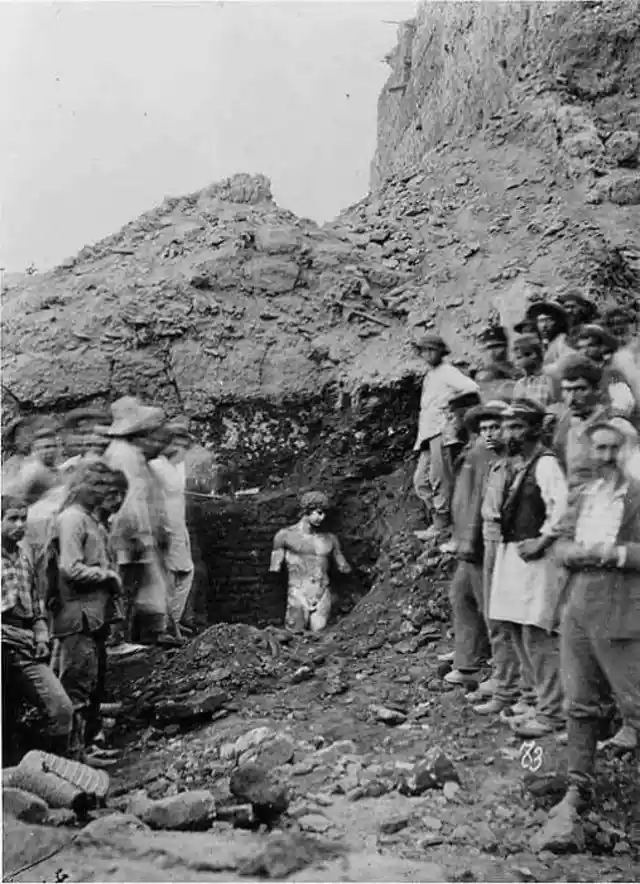
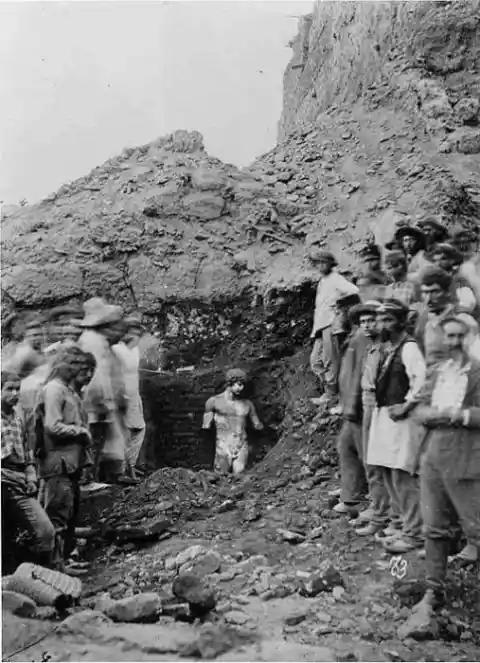
New York's First Skyscraper, 1941
Skyscrapers were not always well received. Before New York City was brimming with high rises, the structures were normally no higher than a couple of stories. In spite of the fact that this photograph looks like something from a science fiction film during the 1950s, it's really the Empire State Building in 1941. At the point when it was raised, the Empire State Building glanced extraordinarily colossal in contrast with the remainder of the small structures encompassing it. It's not inconceivable that individuals went to the city just to witness for themselves the gigantic and notorious milestone.
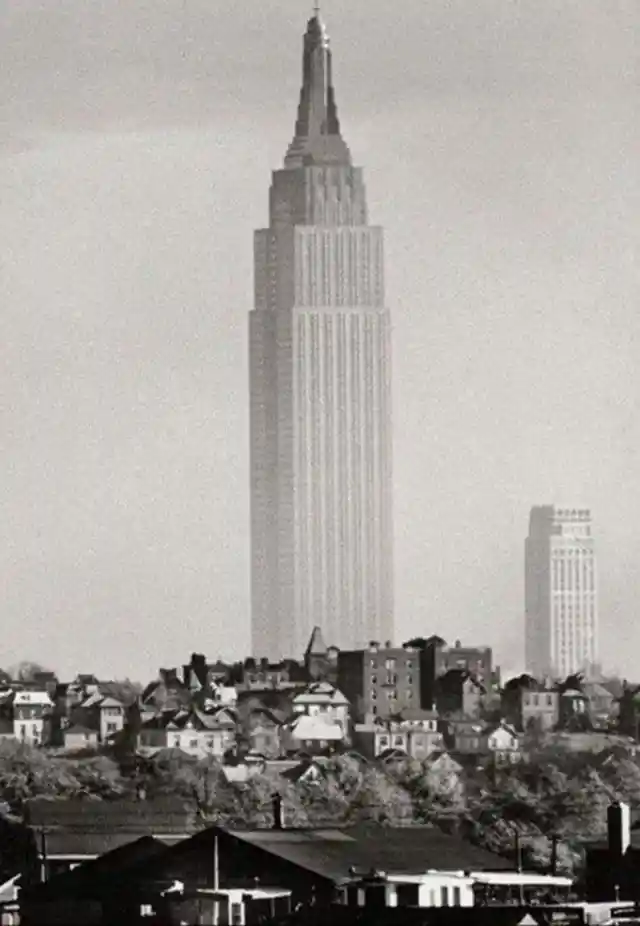
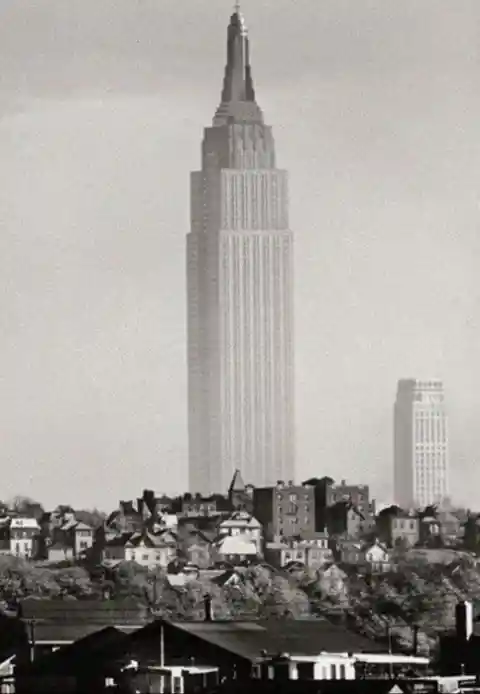
Long Distance Call, 1970s
call their friends and loved ones. It was the life of people before Instagram and cell phones were introduced. The group of women wait for their turn to use the phone. There was constantly a line to the public telephone since individual PDAs hadn't been designed at this point.
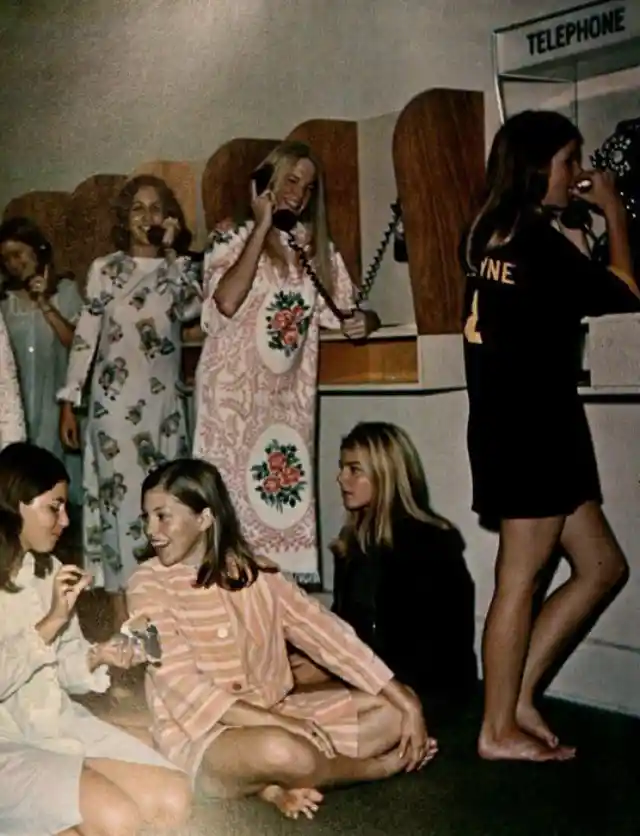
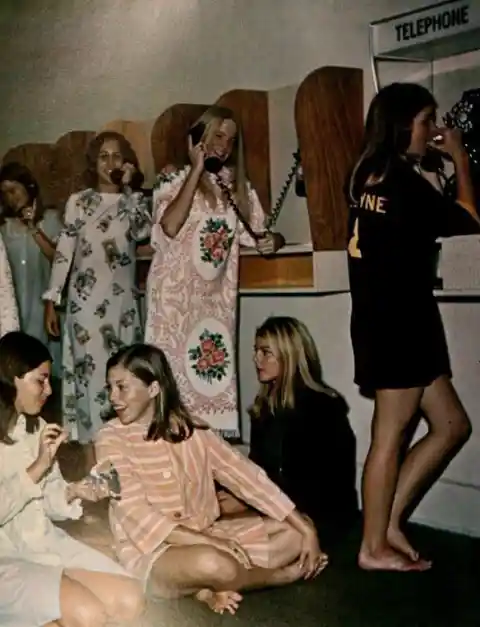
Nuns And A Fashionista,1960s
This image caught the minute when a gathering of nuns and a fashionista were one next to the other during the 1960s. The nuns' appearances in the photo are particularly enchanting. In spite of the fact that they're wearing customary dresses, they're taking in the fashionista with thankful grins instead of critical scowls. As a distinct difference to the nuns' unobtrusive white outfits, the lady on the privilege is wearing a short dress, shades, and tasteful shoes and satchel. She doesn't appear staged by the nuns' manner, however the complexity makes an incredible picture.
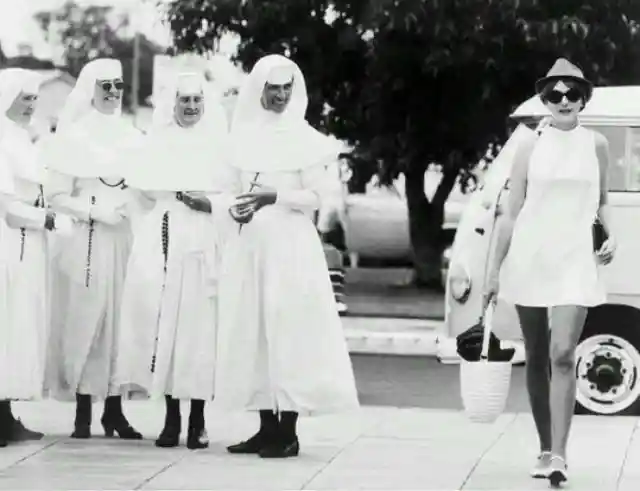
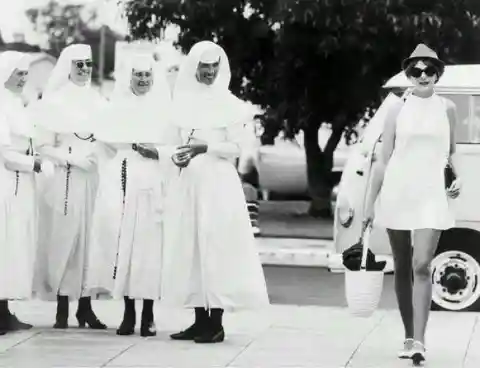
Chaplin And Einstein, 1931
Albert Einstein and Charlie Chaplin met in January of 1931 at the City of Lights debut, as found in the photo. Einstein had once said that Chaplin was the main superstar he needed to meet sometime in near future. Notably, they were shared fans as once Einstein said to Chaplin, "What I most appreciate about your art, is your inclusiveness. You don't let out the slightest peep, yet the world gets you!" Chaplin reacted saying: "It's actual, however your popularity is significantly more prominent: the world appreciates you, when no one comprehends what you state."

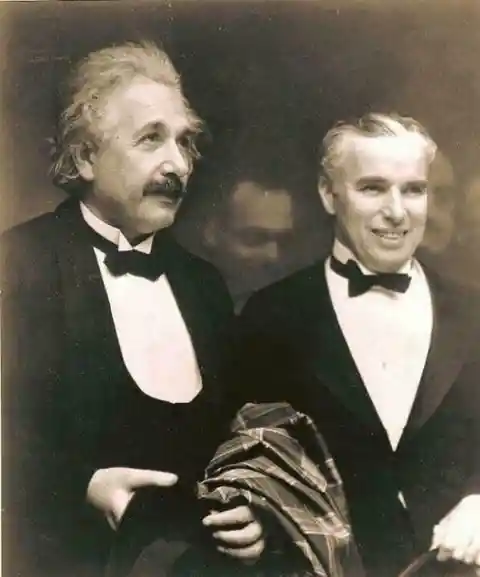
Polar Bear Feeding, 1950
This staggering preview of Soviet officers taking care of polar bears in 1950 is evidence that the route to anybody's heart is through their stomach. The polar bears may have been surprised to see the enormous tank fold into their domain, however they are scaling the sides, in any case, to get snacks from the soldiers that have their hands stood out the top. The Soviet Union kept an eye on floating investigation stations in the high elevations of the Arctic Ocean. Their examination contributed hugely to the investigation of the North Pole.

